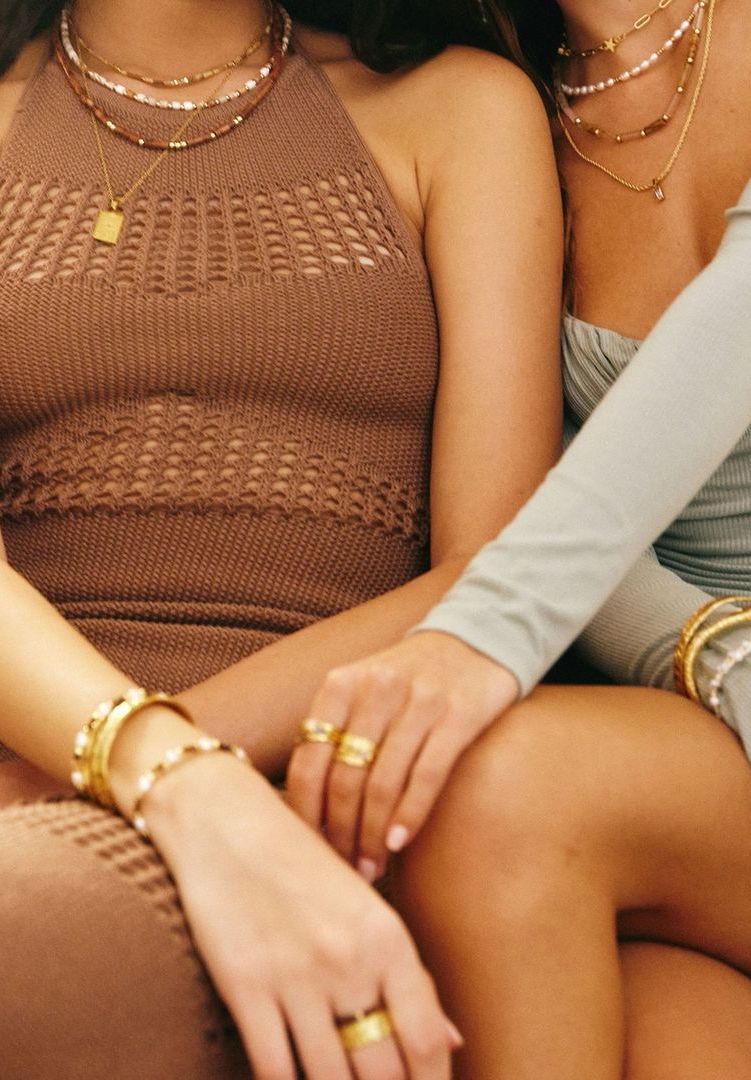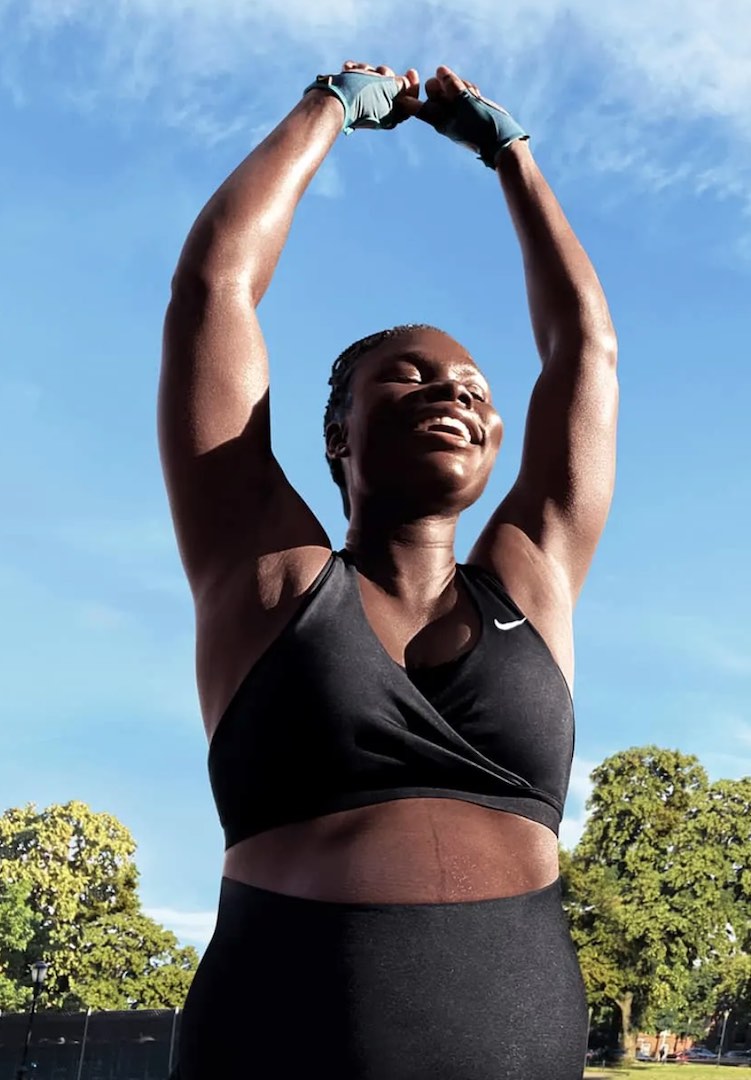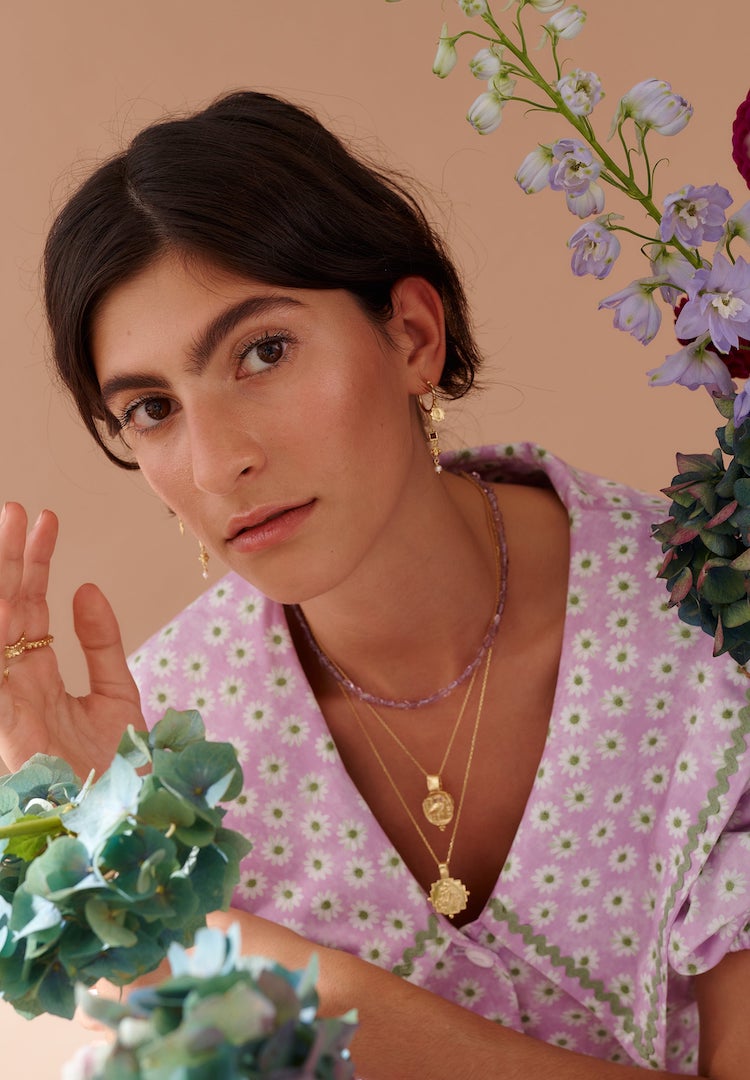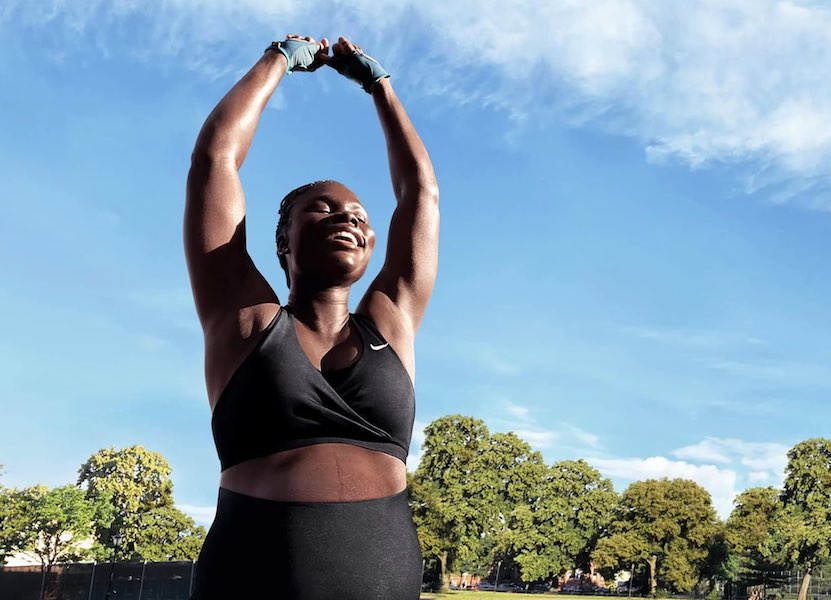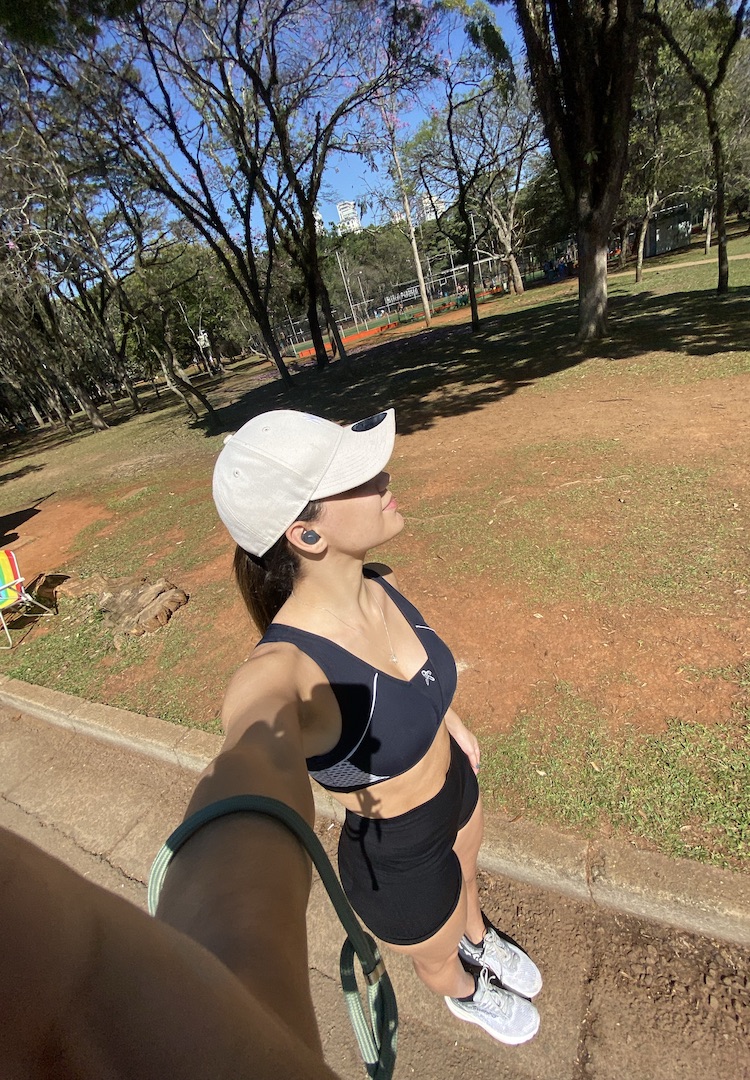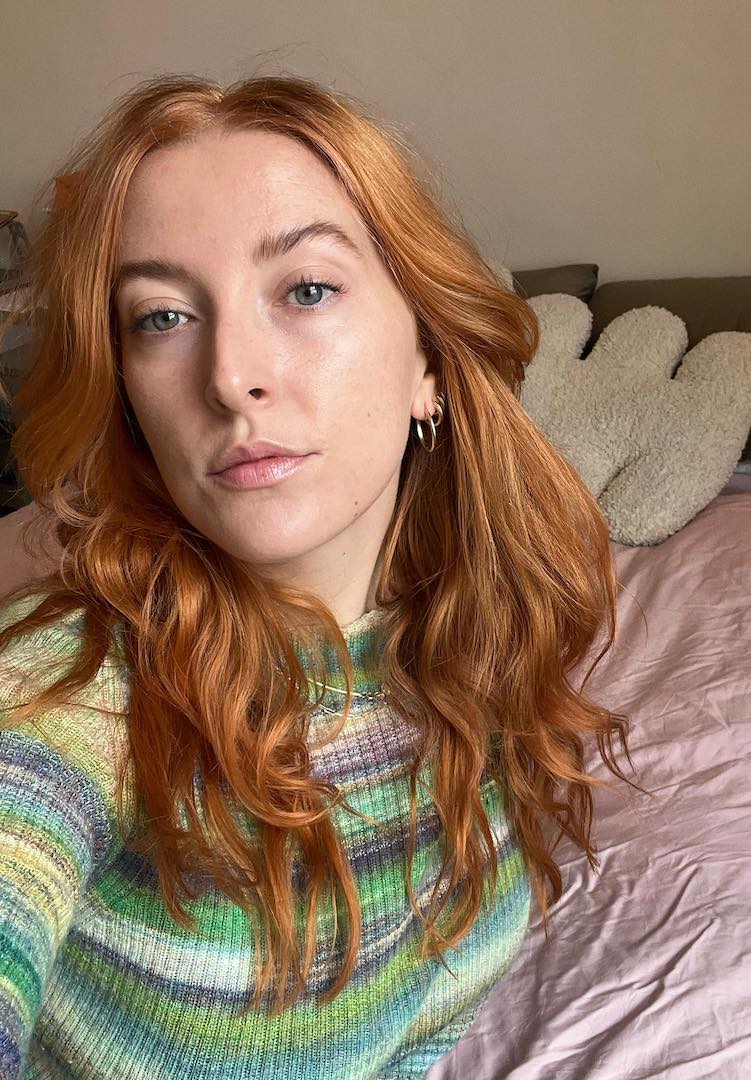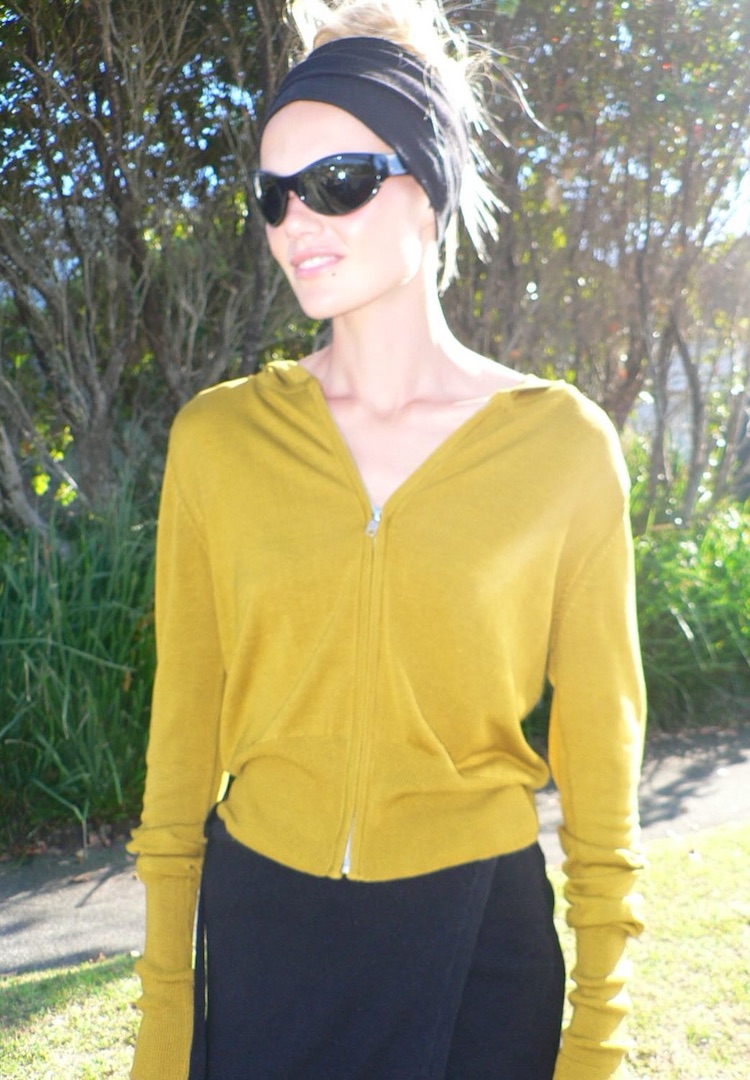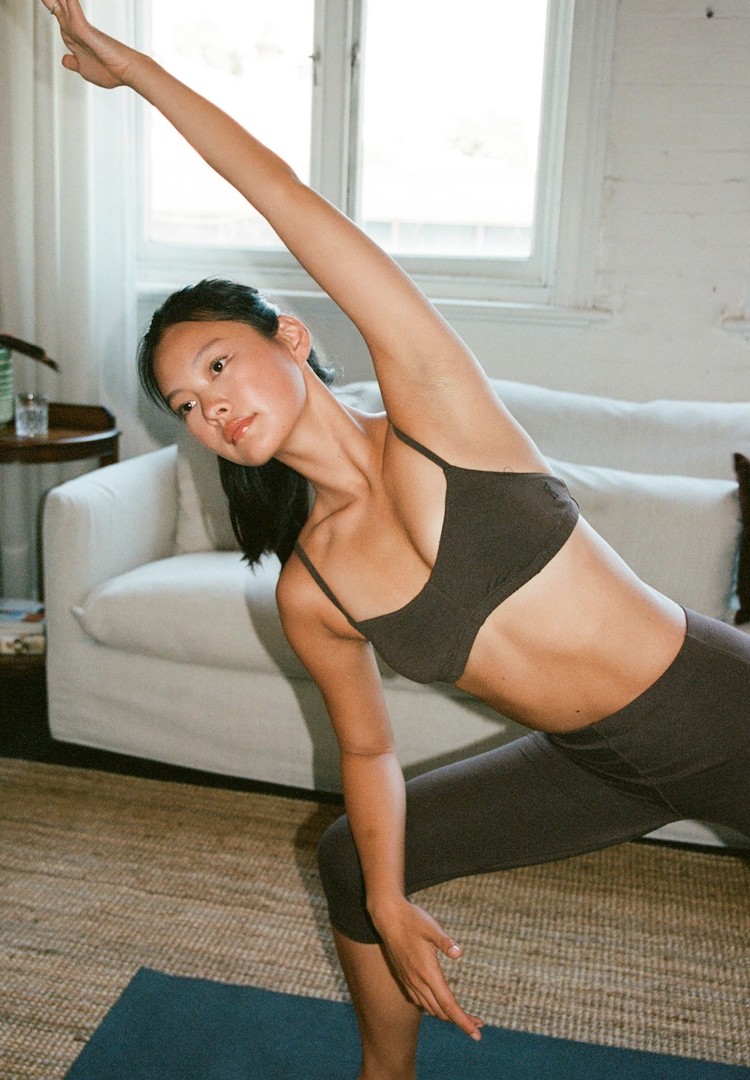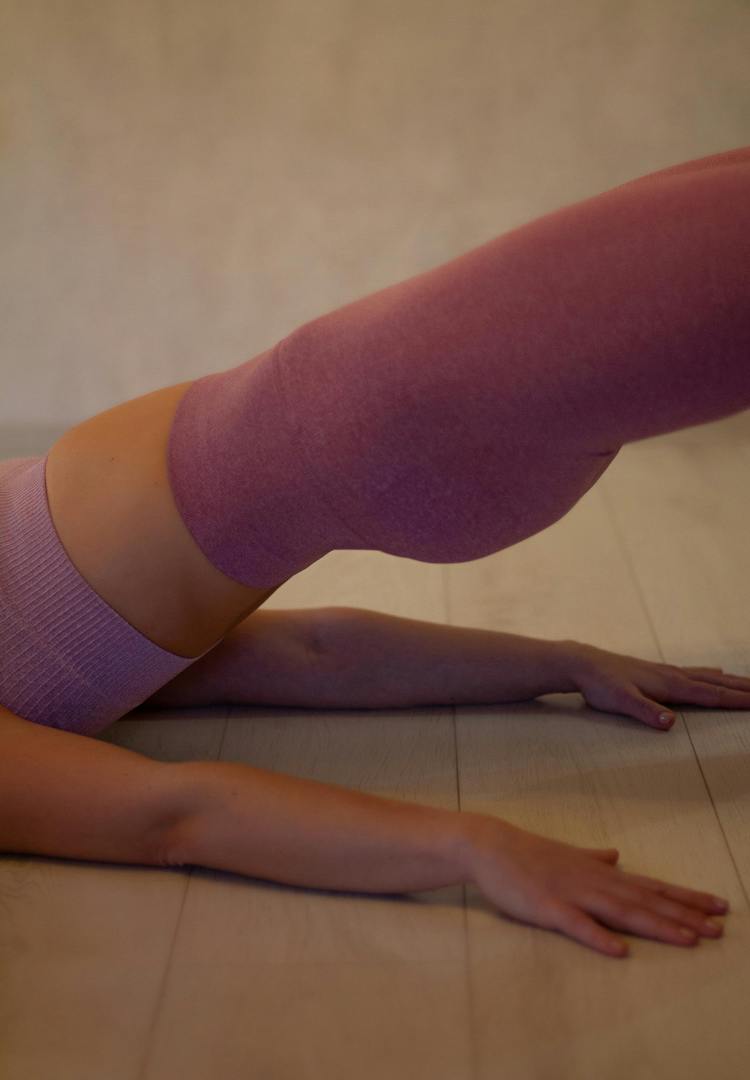An expert on how to find the right sports bra for small and big boobs
WORDS BY CAIT EMMA BURKE
“This is an important piece that we’re actually investing in, you know, just as much as we are with footwear.”
Finding a bra that fits can be incredibly difficult, but finding a sports bra that fits? That’s a whole other kettle of fish. Sports science has historically focused on men, using men not women in studies, so it’s hardly surprising a huge number of us are still wearing ill-fitting sports bras.
As someone with big boobs, I’ve found it particularly difficult to find a sports bra that doesn’t ride up, cut in or see me spilling out the sides. Molly Polak, an Ekin experience and training specialist at Nike, confirms that I’m not alone in this.
Want to read more about how others navigate the world? Try our Life section.
“Breasts and female bodies are an area that we don’t know enough about firstly, but also [we] haven’t had enough conversations about so this whole topic around sports bras has been seen as something that is taboo and you know, traditionally not something that’s been spoken about,” she tells me.
Nike is a brand that’s focusing on this gap in knowledge, investing almost as much into sports bra research and development as footwear. The implication for women’s performance and comfortability in sports and exercise is huge.
“So the investment and research that’s going into sports bras right now at the Nike Sports Research Lab are huge… It’s really, really accelerating in this space the more that we learn about the female body, so [we] really focus on it as a brand. This is an important piece that we’re actually investing in, you know, just as much as we are with footwear,” says Molly.
Suffice it to say, she knows a lot about sports bras, starting with the reasons why we need them. And no, it’s not just sagginess.
The problem with ill-fitting bras
When we think about ill-fitting sports bras, the first thing that comes to mind is sagginess, but Molly tells me the issues extend well beyond the aesthetics.
“There is a lot of movement that occurs through the breasts and the impact that gravity has on them can actually be really damaging to the tissues in the breasts, the skin, back muscle [and] shoulders. It causes a whole range of problems and it can be quite severe. Like no matter what cup size you are – it’s a big myth, that it’s just [related to] the cup size.
“The reason that [a] sports bra is so crucial is that unfortunately the breasts, from an anatomical point of view, don’t actually have a lot of inbuilt structures to support themselves. So really, the skin is the only kind of mechanism that can play a slight supportive role and it’s not enough.
“What is scarier is the damage that can occur up around the back and back of the shoulders and torso. So we have a saying at Nike that is ‘No sports bra, no sport’, because it really is as simple as that. A daily bra will not support anyone, no matter what cup size they are, for the vigorous kind of movements that happen when they’re playing sports. So that’s why it’s really important.”
It can also have a massive impact on performance – Molly mentions a study that shows that women that run a marathon distance in the wrong size sports bra are on average about 1.6 kilometres slower to finish. The problems aren’t limited to big boobs either.
“So the movement that’s occurring for an A cup can be just as bad as what’s occurring for someone with a larger cup size. Usually, it’s amplified in the larger cup sizes which we consider plus. But it can be you know, just as bad for people with smaller cup sizes.”
How do your boobs move?
One of the first things to consider when choosing a sports bra is how your boobs move. This means paying mind to the activity you’ll be performing (compare Pilates to running, for example) but also to your own personal anatomy. Your boobs might swing in a different way to someone of the same cup size. It’s one of the beautiful things about the diversity of our breasts!
“It’s kind of a bit of a conversation around like what’s the purpose of the activity you’re doing because you need different brands [and styles] depending on different impact levels. So we always say it starts with a purpose-driven conversation.
“You then try and incorporate you know, well ‘What size are you like, what kind of sport are you playing? And what do you like to feel like when you’re playing sport?’. It’s complex, and everyone’s different and you can have the same cup size and breast tissue and your breasts are going to move differently,” says Molly.
She also notes the importance of trying before you buy, meaning online shopping is probably best avoided unless you’ve bought the style before.
“So ultimately, the only way to be sure that sports bra is the right one for you is to actually try it on and to go through some movements to make sure that that bra and the dimension to that material and the way that it’s compressing your breasts work for you.”
Once you’re inside the change room
Ultimately, Molly points to the below five steps to focus on when buying a sports bra.
Step 1: “The first area that we want to have a look at and the most important when it comes to fitting the bra is the chest band. So there’s this band across the bottom of every sports bra and it needs to be firm and it needs to not be restricting your breathing,” explains Molly.
“So it’s got to be comfortable but sitting nice and evenly and we have this two-finger rule which basically means that you should be able to slip two fingers underneath that chest [area] and you shouldn’t be able to fit anymore [than that]. Otherwise, it’s probably not tight enough.”
Step 2: “Secondly, take your two fingers and raise both your hands straight above your head – you’re testing to make sure it [the sports bra] doesn’t move and that it stays even around the whole area.”
Step 3: “We then move to the shoulder straps. Now [take the] same two fingers with those shoulders and straps. This is really about tailoring the fit. It’s important that the shoulder straps are not moving [too much] and that everything is aligned.
“So two fingers under the back of the shoulder. And the reason that we do it at the back, not the front, is you have your clavicle [at the front] which is going to create like a natural crevice so you’re going to be able to fit two fingers or more at the front,” explains Molly.
Step 4: “This is a real problem area as well and we need to make sure when you’re looking at the cups that you’re actually filling them out without spilling out. So you don’t want to have like dimples in the bra because it would mean that she’s not filling it out and it’s too big. But you also don’t want to be bulging out of it on either side as well, otherwise, it’s too small,” says Molly.
“It’s super easy to have a look at that, just eyeball it [in the change room mirror] and say [to yourself] ‘Hey, am I filling it out?’. You can also cross your hands in front of your chest and lean forward. And that will indicate if you’re falling out onto your arms or if you feel like you’re pressing it in and there’s space between the bra and your breast.”
Step 5: “The last step is really just about testing, so all you have to do is try to replicate the movements of your sport/exercise. So if you’re running do a little bit of a jog on the spot or a jog around the store, or if you’re doing CrossFit do some squats and lunges.
“Really focus on ‘Am I moving excessively?’ and once you’ve had the conversation, once you’ve had the education, you’ve gone through the fitting process, women are actually really good at identifying if they are correctly fitted or if they’re moving too much.”
To find out more about Nike’s range of sports bras, head here.

